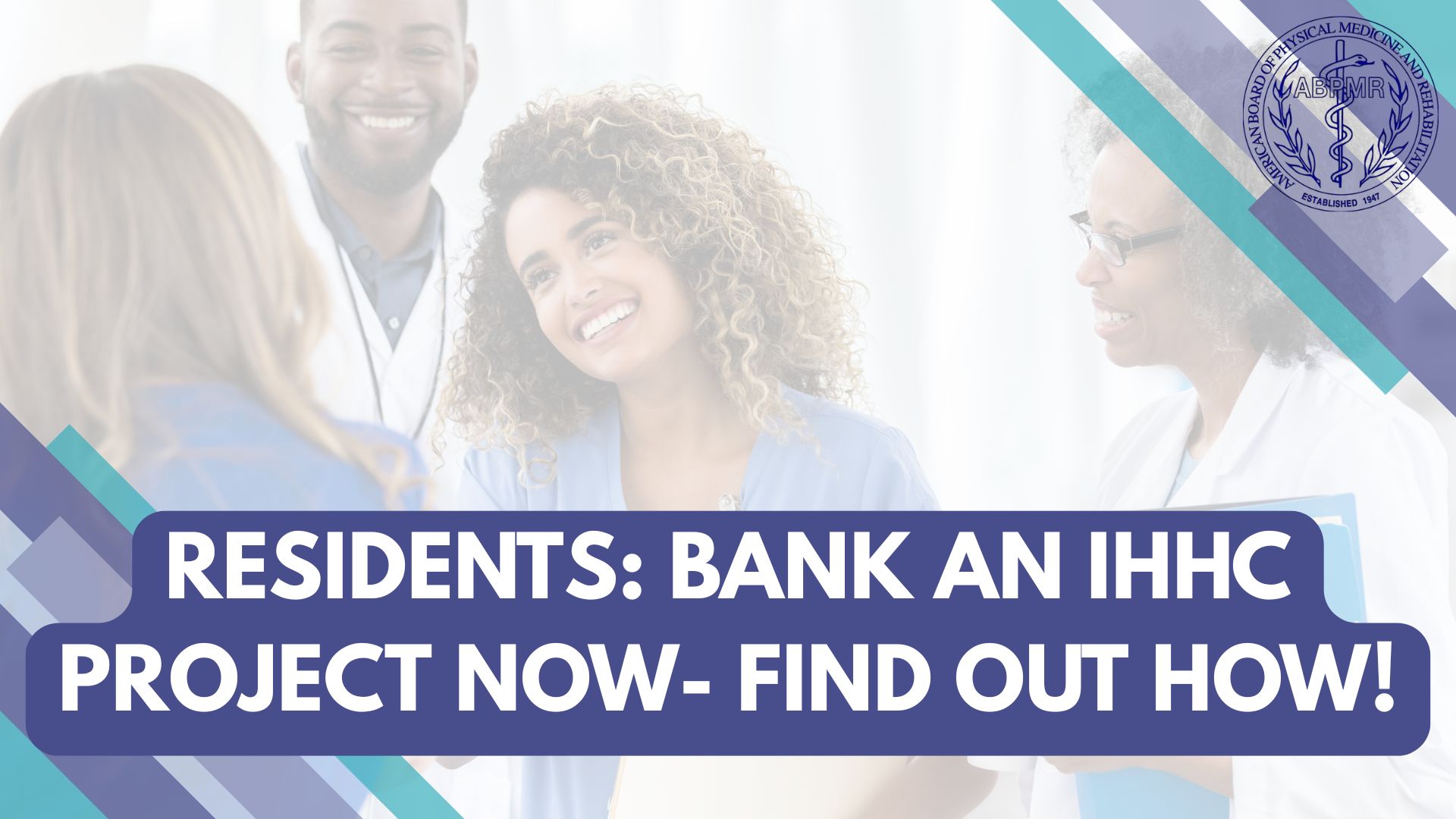CC
QI Spotlight: Providing Quality VA Pain Care By Decreasing Wait Times

The August QI Project spotlight is Devon Shuchman, MD. Dr. Shuchman is currently a pain physician in the Ann Arbor VA Health System.
This project was undertaken by Dr. Shuchman and her team to decrease wait times for veterans to receive recommended elective interventions for pain care. At the start of the project, wait times for these procedures averaged 90 days; the team met monthly to discuss the issues in productivity, access, and utilization of their care to determine the goal for the project.
Dr. Shuchman's goal was to decrease wait times to less than 30 days in 6 months. At the end of 6 months, the team had not quite met their goal, but access to these procedures did improve with the changes made during the project.
Thank you for submitting your QI project, Dr. Shuchman! Your project demonstrates that even if your QI project doesn't meet your desired goal, the care you provide has still improved.
The QI Project Spotlight (formerly the PIP Spotlight) is a periodic feature on the ABPMR News Center to highlight exemplary Quality Improvement projects submitted by your fellow diplomates (or residents) for continuing certification (CC) credit. Diplomates can use the QI Project Spotlight as a tool to plan their own QIs or as a way to connect with other diplomates doing similar work.

What is the problem you are trying to solve?
Ann Arbor VA (AAVA) pain procedures clinic, like many other medical clinics, has difficulty maintaining access within 30 days for veterans to receive recommended elective interventions for pain care. This project worked to improve access from current 90 day wait times to less than 30 days without adding physicians, extending clinic hours, or adding clinical space.
What data (objective measurements) do you have that supports this as a problem?
The first available appointments through the Vista scheduling system provided information on access. Searching SharePoint (calendar-based schedule) for first available appointments is another tool to assess access. As of April 2017, the first available appointments were more than 90 days from the search date on both scheduling systems.
What is your opportunity statement? State the goal you hope to achieve.
Our goal was to improve access for referred patients to less than 30 days in 6 months.
What is the underlying cause of the performance/quality problem?
Several issues were identified after discussion with staff and physicians providing care in the AAVA pain clinic. Scheduling medical support staff limited attention to detail in filling cancellations with new referrals, leaving gaps in the schedule. Utilization is suboptimal, with no show rates averaging at 3-4 patient's per week.

What change(s) did you implement?
- Adding 1 overbook patient at 9 am daily, for a total of 5 additional patients scheduled weekly
- Color coding of SharePoint scheduling calendar for improved tracking of patient schedules
- Providing education for medical support staff on tracking no show and cancellations, with prioritized attention to filling all cancellations within 2 weeks

Did you achieve your goal or target from your opportunity statement? What data do you have to support your conclusion?
We did not completely achieve our goal of all procedure appointments scheduled within 30 days. Access is at 60 days. Choice community referrals remain constant through the 7 months, but this in itself is not a reliable measure as this is a patient-dependent factor. We did improve access, however, from the original point.

Will you continue with the changes you have implemented?
We will continue with scheduling 1 overbook patient each morning clinic. Utilization of empty slots and recent cancellations will be addressed with a new scheduling system that integrates both schedules, reducing reconciliation errors, and decreased number of steps to scheduling appointments.



